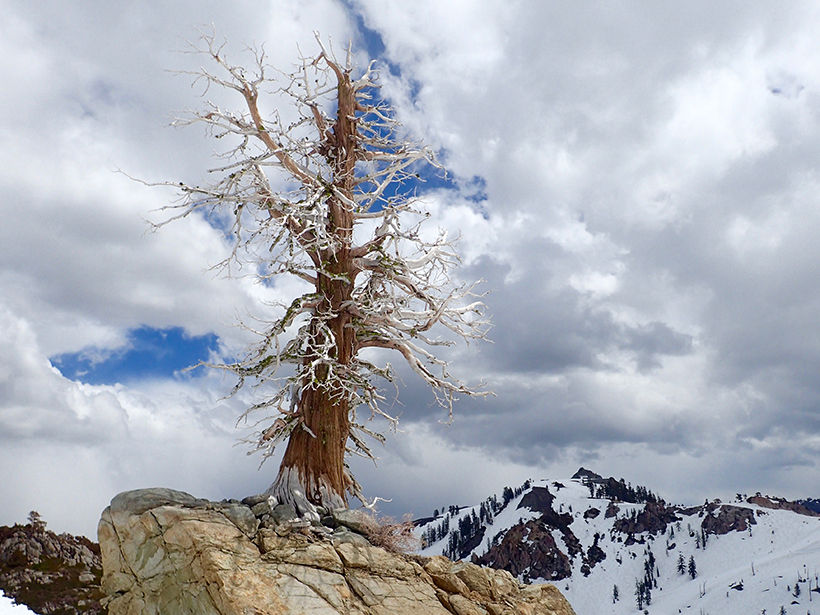“It is well known that humans are driving global warming, but when did this begin?”
At some point in the past few hundred years, human activities became a dominant force influencing Earth’s climate, affecting natural hazards such as drought. But it’s difficult to pinpoint exactly when this tipping point occurred. A new study tracking temperature seasonality—the difference between summer mean temperature and winter mean temperature—has found that major indicators of global warming were present as early as 1870.
“It is well known that humans are driving global warming, but when did this begin?” asks Jianping Duan, a paleoclimatologist at the Chinese Academy of Sciences in Beijing and lead author of the new study, published in Nature Sustainability. “Our study has shown that anthropogenic influence on climate change started much earlier than the 20th century.”
Determining when human activity began “driving global warming” is difficult because instrumental climate records go back only about 100 years.
“We need a reference period long enough to judge when anthropogenic climate change began,” Duan says.
To reconstruct paleoclimate data for the past 300 years, Duan and his colleagues turned to tree ring records collected on the Tibetan Plateau from trees that can live for more than 300 years.
By measuring the width and density of the trees’ rings, the researchers were able to track changes in seasonal temperature fluctuations. They found that temperature seasonality was relatively stable until the 1860s and then began decreasing in the 1870s. At this point, winters began getting warmer, closing the temperature gap between the two seasons. Researchers also found evidence supporting the same conclusion in proxy-based seasonal temperature reconstructions in Europe.
The team also used climate model simulations to show that greenhouse gases and aerosols have been the primary drivers of climate change since the late 19th century.
“Our study shows that the detectable weakening of temperature seasonality, which started synchronously over the northern mid–high latitudes since the late 19th century, can be attributed to anthropogenic forcing,” Duan says.
“The next step will be to see how the decrease in seasonal temperature fluctuations affects our living environment and its impact on agriculture, ecology, and perhaps human health.”
Models also showed that increased greenhouse gas concentrations are the main contributors over northern high latitudes, whereas sulfate aerosols are the major contributors over northern midlatitudes.
Most paleoclimate studies focus on increasing surface air temperatures, but seasonal temperature fluctuations provide a complementary data set, says Michael Evans, a paleoclimatologist at the University of Maryland in College Park who was not involved in the new study.
“The annual cycle is the largest-amplitude form of variation that we see in our modern climate. It’s important to know how that might change and why as it influences how organisms function within their ecosystems,” Evans says. For example, trees may start budding earlier, or migratory birds may fly south later, taking advantage of milder winters.
Previous studies have shown that the annual temperature cycle—calculated as the difference between summer and winter temperature extremes—has been decreasing over the past several decades. The new study is among the first to use paleoclimate records to trace this trend so far back in time.
“The next step will be to see how the decrease in seasonal temperature fluctuations affects our living environment and its impact on agriculture, ecology, and perhaps human health,” Duan says.
—Mary Caperton Morton ([email protected]; @theblondecoyote), Science Writer
Citation:
Morton, M. C. (2019), Tree rings record 19th-century anthropogenic climate change, Eos, 100, https://doi.org/10.1029/2019EO122875. Published on 08 May 2019.
Text © 2019. The authors. CC BY-NC-ND 3.0
Except where otherwise noted, images are subject to copyright. Any reuse without express permission from the copyright owner is prohibited.

